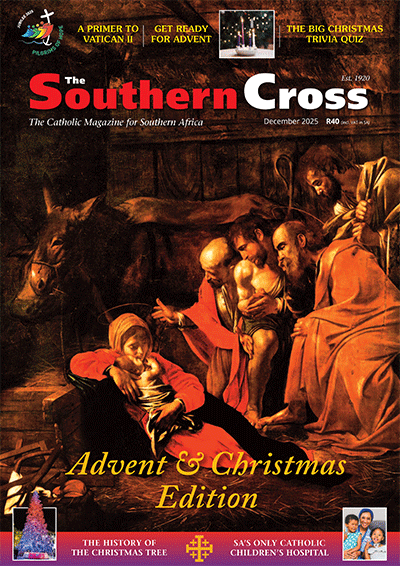Legacy of the smiling pope
This week 25 years ago, Pope John Paul I was nearing the halfway mark of his brief pontificate. Catholics around the world were still wondering what to make of this pontiff who in an instant had won their hearts with his captivating smile and humility.
They never had a chance to find out: on September 29, just 34 days after his election, Pope John Paul I was dead.
This year marks several modern pontifical anniversaries: the centenary of the death of Leo XIII and election of Pius X; the 40th anniversary of the death of John XXIII; the 40th of the election and 25th of the death of Paul VI; and the 25th anniversary of John Paul I’s short reign; and the 25th of the election of John Paul II.
All but the first John Paul have made a significant visible impact on the Church in the 20th century. Pope Leo redefined the Church’s role in social justice. Pius X grappled with a changing secular awareness. John XXIII defied expectations of his being a caretaker pontificate by ushering in the great Second Vatican Council. Paul VI, who saw the Council to its conclusion, was faced with the sexual revolution and all its attendant dilemmas. Readers need not be reminded of the eventful pontificate of the present pope.
Among these consequential pontificates, that of John Paul I remains an enigma. There are some who believe that his pontificate might have led to wider liberalism within the Church. This notion, however, is at odds with the record of Cardinal Albino Luciani.
A pastoral priest and archbishop (like John XXIII, he had been patriarch of Venice), one of his few acts as pope concerned his opposition to liberation theology, the school of thought that fused the Gospel with certain Marxist principles. Likewise, he was wary of what he saw as liberal interpretations of Vatican II.
On the other hand, indications are that on some issues he might have exercised a certain degree of flexibility. Although a committed proponent of Paul VI’s encyclical Humanae vitae, Pope John Paul I did express a certain latitude when discussing contraceptives with United Nations officials.
In the event, it is moot to ponder what might have been had John Paul I lived longer.
Yet, in his short pontificate John Paul I did change the papacy. Like Pius X and John XXIII before him, he stripped away some of its ostentatious varnish. John Paul I was the first modern pope to opt for a simple installation, without coronation and enthronement, tiaras and ermine. Consistent with his informal approach, he also dispensed with the royal “we” (initially unnerving the editors of the Vatican newspaper), a tradition his successor continued.
All this was consistent with his appropriately plain motto: “Humilitas”.
In this way, John Paul I made his mark on the papacy in the 20th century, virtually liberating his successor from many of the shackles of pomp a circumstance John Paul II has fully utilised in his evangelising pontificate.
In the view of some Church leaders, such as Cardinal Bernardin Gantin, John Paul I’s short pontificate was a vehicle for another revolution. His sudden death, the cardinal believes, “opened the doors to an unexpected choice, that of a non-Italian pope,” the first in 455 years.
In his Southern Cross editorial of October 8, 1978, the late Mgr Donald de Beer wondered whether the Holy Spirit chose Pope John Paul simply “to hold the fort and prepare the way for another, not available last month and destined to reign longer.”
Mgr de Beer did not know at the time just how prophetic his words would become.
The influence of John Paul I’s pontificate may be easily neglected, but its legacy betrays the brevity of its duration.
- The Look of Christ - May 24, 2022
- Putting Down a Sleeping Toddler at Communion? - March 30, 2022
- To See Our Good News - March 23, 2022





